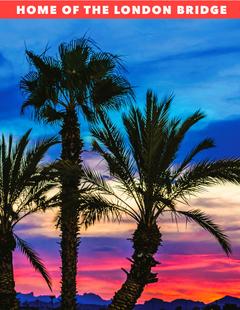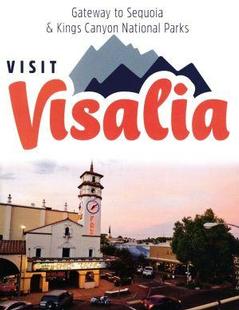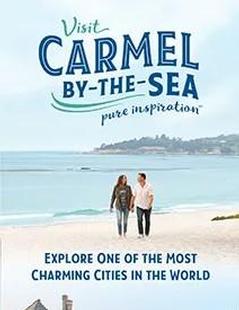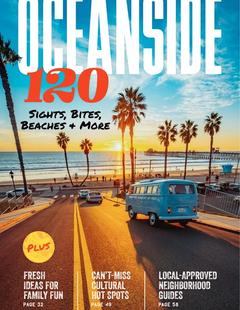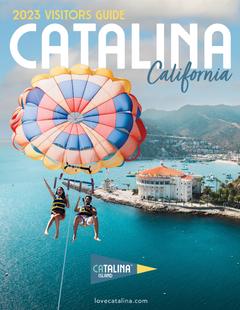Basics
- Location:
- This Byway is located along the eastern shores of Florida
- Length:
- 72 miles (115 km)
- Time:
- 2 hours to drive the Byway
Description
Jogging along the eastern shores of the Florida coast, the A1A Scenic & Historic Coastal Byway runs a 72-mile course of aquatic delight. It passes through a variety of townships on its way from Ponte Vedra Beach in the north to just past Flagler Beach in the south, each with their own personality and story to tell.
Historians take interest in this route for the perks along the way. A definite must see in this regard is St. Augustine. This lovely little town is not only chock full of history, it's filled to the brim with charm and beauty as well!
To the east lies the thundering tide of the Atlantic with endless white sands that beckon the beachcombers from sunrise to sunset. Anglers cast their lines for snappers and snook while surfers and sailors take to the water. Children caper on the shore while gulls glide overhead, laughing with glee.
Biking and jogging along the shore can lead to a wonderful wildlife experience. Wild turtles, pelicans, heron, wren, osprey, and more than 50 endangered species live in these parts. From May to October, the 19-mile path from Marineland to the Volusia County line is especially inviting for naturalists since this is the nesting time for sea turtles.
A1A stretches along the east coast of Florida from Ponte Vedra Beach to Flagler Beach.
Helpful Links
Points of Interest
Points of Interest Along The Way
A1A Bicycle/Pedestrian Path (FL)
This separated bicycle/pedestrian Path begins at Marineland and runs parallel to A1A for the entire length of the southern portion of this scenic corridor. It meanders through the maritime oaks and connects to trails within the parks and with the mainland at the Hammock Dunes Bridge and the bridge at State Road 100. This path has the distinction of being the first Florida segment of the East Coast Greenway.
The path passes through all four River to Sea parks and preserves. Travelers of the path can encounter the ecosystems of the barrier island including the environmentally significant communities connecting the ocean and the river: beaches, ocean dunes, coastal scrub, and maritime hammock.
The A1A bicycle/pedestrian path not only provides an alternative mode of transportation within the corridor, but it also provides opportunities for the bicyclist, rollerblader, jogger, and walker.The path provides all the scenic vistas of the corridor.
Anastasia State Park (FL)
With over four miles of beaches and plenty of activities, Anastasia State Park is a great destination for families, couples, or someone seeking solitude.
Reserve your campsite in a wooded hammock for easy access to nature trails or fantastic bird-watching from the front porch of your tent or RV. Start your day with an early morning jog along the beach or take a relaxing dip into the ocean to cool off. Anastasia State Park also boasts excellent fishing for those looking to reel in a catch.
Bings Landing County Park (FL)
Bings Landing County Park is an eleven-acre park and historical site located on the west side of A1A. Bings Landing is located within a maritime oak hammock and is adjacent to the Matanzas Riverand included in the NERR. The park overlooks the marine estuary and provides important public access to the estuary. Bings Landing facilities include a free public boat launch, fishing docks, picnic pavilions, barbecue grills, gazebo, restrooms and play equipment.
Bings Landing is the site of the historical ruins of the MalaCompra Plantation, owned by General Joseph Hernandez. Also,pre-historic artifacts have been found on the site. The county is working with the state to build a museum/interpretive center around the ruins.
Bridge of Lions (FL)
The Bridge of Lions is one of the most prominent design features along Scenic & Historic A1A. Construction of the bridge was completed in 1927. The bridge was designed to reflect the St. Augustine's Mediterranean Heritage, one of the few engineering structures that can be defined by its architectural style. The bridge spans Matanzas Bay (the Intracoastal Waterway) in downtown St. Augustine, linking the mainland portion of the City with its eastern neighborhood on Anastasia Island. The bridge is named after the two lions at the West End of the bridge designed by the sculptor Romanelli of Florance, Italy and donated by Dr. Andrew Anderson. Because of its graceful appearance, the bridge has become a well-known local landmark and has earned its listing in the National Register of Historic Places.
Castillo de San Marcos (FL)
Castillo de San Marcos was for many years the northern most outpost of the Spanish New World Empire. In 1672 construction of the Castillo de San Marcos, the immense and impressive fortress that guards Matanzas Bay, began. Faced by the growing English presence to the north the Spanish needed to strengthen the City's defenses; therefore, Spanish soldiers and Native Americans were pressed into service to build a giant structure of coquina blocks quarried from nearby Anastasia Island.
Castillo de San Marcos is the oldest masonry fort and the best-preserved example of Spanish colonial fortification built in the continental United States. Designed by Spanish Engineer Ignacio Daza, it was built in the form of a hollow star with a diamond shape bastion at each corner. Construction of this fort was finally completed in 1695. The physical integrity and the structural splendor of this massive fortress remains largely intact more than three centuries after its completion.
Flagler Beach Boardwalk and Pier (FL)
The Flagler Beach Boardwalk and Pier are located "downtown. "This is the center of many activities associated with a beachside community. The Pier offers one the opportunity to fish or to seethe ocean and beaches from a different perspective. One may observe the surfers and other beach activities or just relax and have a picnic at one of the shelters along the boardwalk.
The corridor reflects the community's ties to its recreational and natural surroundings. This is done with the "Old Fashioned Fourth of July at the Beach," "Columbus Day," and "Holiday at the Beach" festivals and parades. These events, along with special events such as surfing contests and fishing contests, offer the resident and visitor an opportunity to see and participate in the traditions of "Old Florida."
Directions
State Road A1A: A1A Ocean Shore Scenic Highway
Flagler Beach Historical Museum (FL)
The City of Flagler Beach celebrated its 75th Anniversary in 2000. As a result, the city established the Flagler Beach Historical Museum. The Museum is adjacent to City Hall and has been open since September 2001. The Museum depicts Flagler Beach's history, with pictures and artifacts dating back to its founding. It also displays artifacts found along the coast that are associated with the plantations within the corridor.
Flagler Memorial Presbyterian Church (FL)
Another legacy of the Flagler Era (circa 1887-1913) of St. Augustine history, the Flagler Memorial Presbyterian Church offers a classic example of the Venetian Renaissance style. The building, designed by nationally renowned architects Thomas Hastings and John M. Carrere, was built by hotel entrepreneur Henry Flagler in memory of his daughter, Jennie Louise, who died at sea en route to St. Augustine in 1889.
The remains of Flagler and his first wife, Mary, lie beside those of his daughter in a mausoleum within the church. The copper dome of the building, modeled after St. Mark's Cathedral in Venice, reaches some 150 feet into the air. Elaborate capitols of old gold and white terracotta decorate the base of the dome.
Flagship Harbor/Moody Boat Launch (FL)
Flagship Harbor Preserve is a 300-acre preserve along the Intracoastal Waterway. The Preserve offers the visitor hiking trails, a 3000-foot boardwalk through saltwater marsh, restrooms,parking, and picnicking facilities. It connects with the Wickline Center and its additional active recreational opportunities of playgrounds, tennis courts, and a basketball court. Moody Boat Launch is located on the northern edge of the Preserve. Free boat launch facilities are available here, as are restrooms and a connecting boardwalk to the preserve.
Fort Matanzas (FL)
Since its founding in 1565, the military outpost town of St. Augustine had been the heart of Spain's coastal defenses in Florida. After the completion of the Castillo de San Marcos in 1695, the town had only one weakness: fourteen miles to the south Matanzas Inlet allowed access to the Matanzas River, by which enemy vessels could attack the town from the rear - out of range of the Castillo's cannons. The presence of Ft. Matanzas physically demonstrates the determination of the Spanish colonial authorities to improve their defensive posture in northeast Florida.
Completed in 1742, the fortification was erected on the West Bank of the Matanzas River, immediately north of an inlet from the ocean, in order to prohibit enemy ships from proceeding northward along the river in an attack against the settlement at St. Augustine. Cannons mounted on the gun deck of the fort could easily menace any ship proceeding along the waterway.















